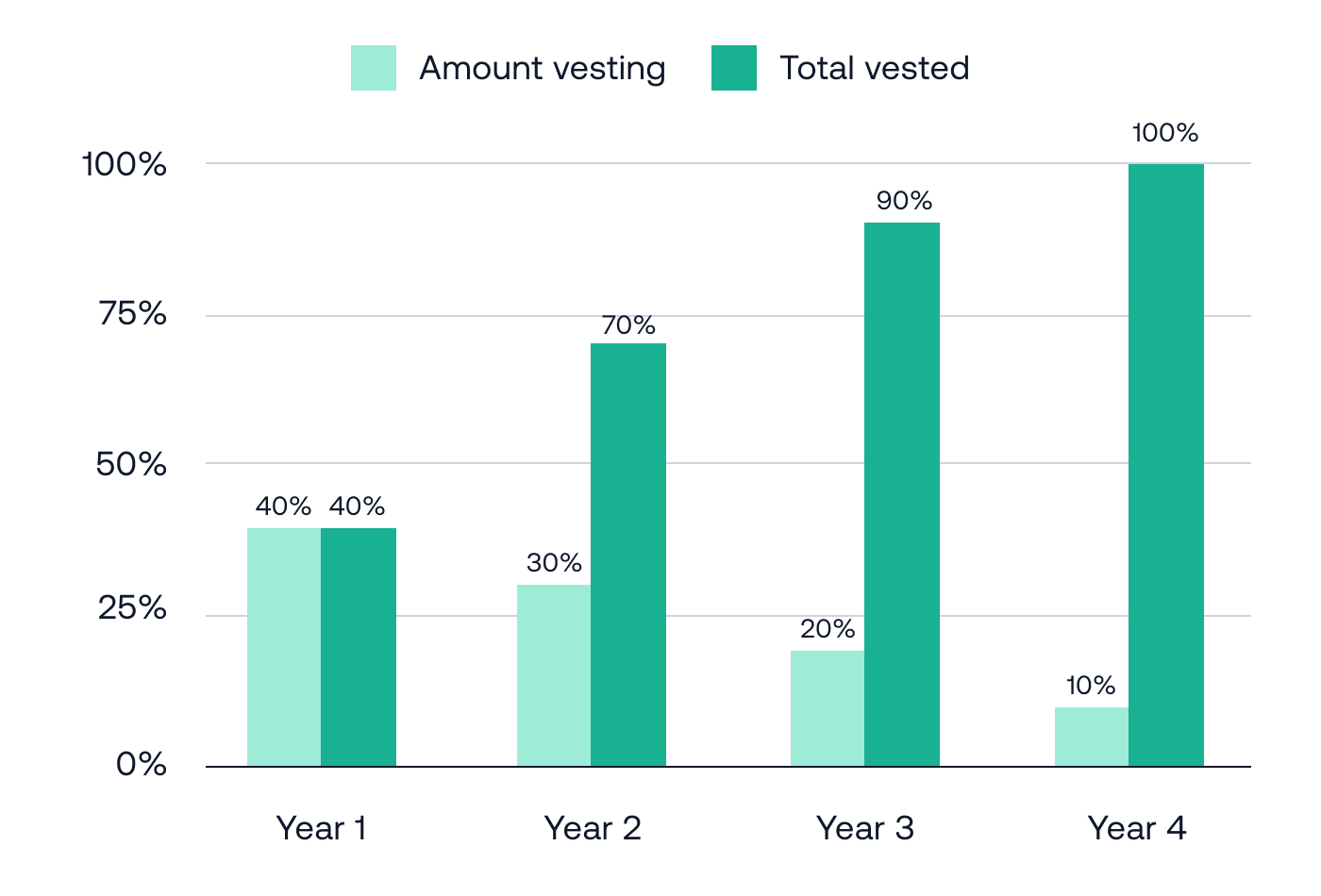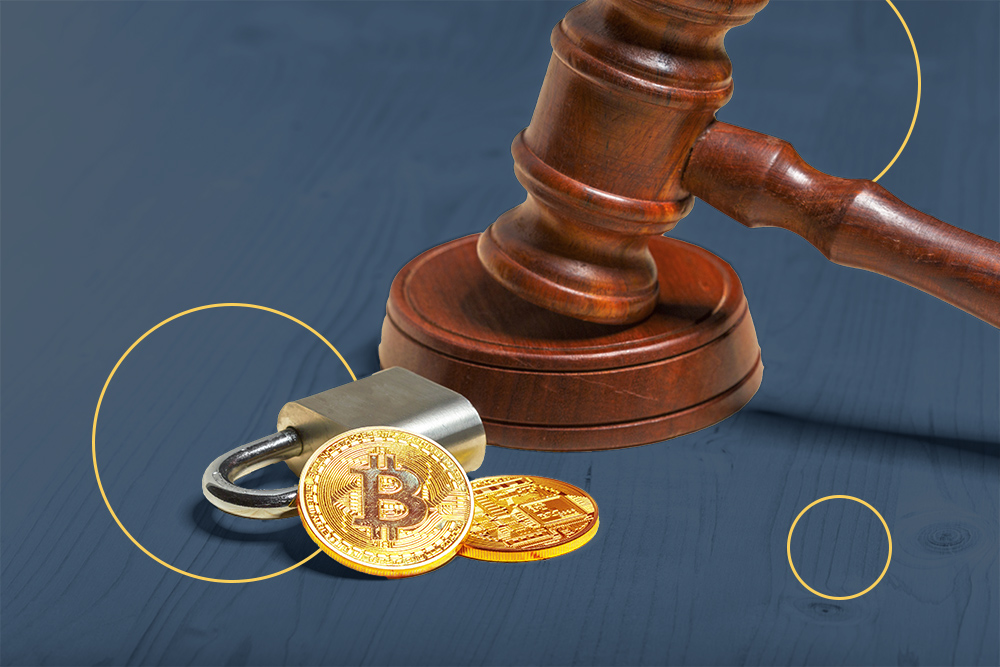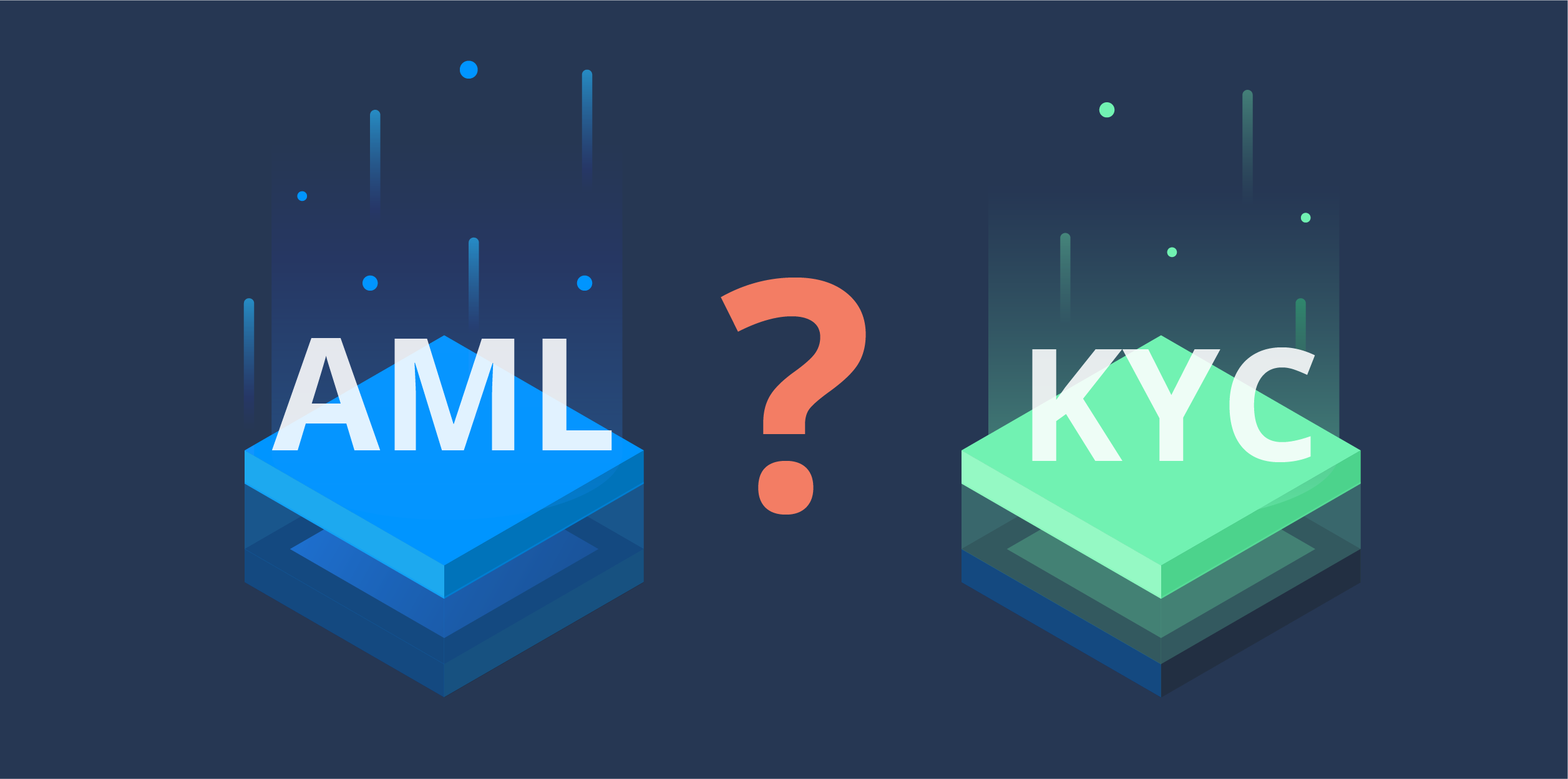


Now that you have a solid understanding of what DAOs are, it’s time to dive into the nitty-gritty. Let’s see how they actually operate!
We’ll explore various DAO governance models, DAO tokenomics, and the legal landscape surrounding DAOs.

Remember how DAOs operate without a central authority? That’s exactly why governance is so critical. When decisions need to be made, each DAO relies on its chosen governance model to ensure things don’t haywire.
We’ve tackled some governance models in the previous module but now let’s go more in-depth with the different types!
In a token-based DAO, governance power is directly tied to token ownership. The more tokens a member holds, the greater their voting power. The idea is that having more tokens reflects a stronger stake in the community and that the ones making the decisions are literally putting their money where their mouth is!
Example:
Pros:
Cons:
Instead of relying on tokens, reputation-based DAOs assign voting power based on contributions, expertise, or past involvement in the community. This system prioritizes time and effort spent within the ecosystem over financial investment. Active community members get to have a greater say in the DAO’s direction since they’re the ones who consistently contribute.
Example:
Pros:
Cons:
Liquid democracy is a flexible governance model that combines elements of direct democracy (voting on policies yourself) and representative democracy (electing individual/s to vote on policies for you).
In this system, DAO members can either vote directly on proposals or delegate their voting power to a trusted representative (delegate) who votes for them. For example, a proposal to increase the number of transactions per block in a blockchain could be voted on by users themselves (if they feel like they understand the implications of this) or delegated to someone more experienced in the ecosystem. Delegative voting is especially useful for technical topics for the casual DAO user or when they simply do not have the time to vote on every issue.
One of the strengths of this system is that delegation isn’t permanent. Members can reclaim their vote or switch delegates at any time based on performance. Imagine impeaching an underperforming politician instantly!
Example:
Pros:
Cons:
Quadratic voting is a governance mechanism designed to promote fairness and reduce wealth concentration. Unlike the standard "1 token = 1 vote" system, this system allows members to allocate multiple votes to issues they care deeply about. However, the cost of each additional vote increases quadratically, meaning that casting more votes on a single proposal becomes progressively more expensive.
For example, the first vote might cost 10 ABC tokens, the next vote would cost 100, then 1,000, and so on. This discourages whales from overpowering governance decisions and ensures that the community is better heard.
Example:
Pros:
Cons:
Interestingly, some DAOs adopt hybrid governance models that combine different methods. For instance, DxDAO uses a reputation-weighted voting system where both governance tokens and earned reputation influence decision-making. It’s like the best of both worlds!

As with any cryptocurrency project, tokenomics is a crucial aspect of DAO’s design. Token economics (tokenomics) is the study of how a blockchain project's digital tokens function economically. It focuses on the design and distribution of tokens, as well as their impact on the project's value. Specifically for DAOs, how tokens are issued are extremely relevant because an unfair distribution could concentrate too much power in a whale’s hands.
A well-designed token economy aligns incentives among all stakeholders, ensuring that the DAO can function efficiently while minimizing the risk of centralization.
DAOs typically issue two types of tokens:
Utility Tokens – These provide access to specific features or services within the DAO ecosystem. For example, a DAO managing a decentralized exchange might require its token to unlock reduced trading fees or staking rewards. Examples of these include Golem (GLM) and The Graph DAO (GRT).
Governance Tokens – These give holders the right to vote on proposals, treasury management, and protocol upgrades. In token-based voting models, the more tokens a member holds (or stakes), the greater their influence in decision-making. Examples of these include UNI (Uniswap), MKR (MakerDAO), AAVE (Aave).
A well-designed tokenomics model should encourage members to actively participate in governance and contribute to community initiatives. DAOs commonly use:
Example: Bankless DAO rewards contributors in BANK tokens for writing articles, hosting podcasts, and developing Web3 education resources.
To remain viable, DAOs must balance inflation, treasury management, and token utility to prevent economic instability. Sustainable models include:

A key aspect of tokenomics is how DAOs distribute tokens to ensure fair governance and prevent centralization. Common distribution models include:
Regardless of the method of distribution, a well-balanced allocation is crucial for fair decision-making. If too few holders control the majority of governance tokens, it risks becoming just like a traditional centralized company! DAOs need proper token allocation to help distribute power fairly and protects against governance attacks.

Key Strategies:
While there are ways to prevent abuse of power such as through efficient token allocation, what happens when someone still finds a way to do it?
DAOs undoubtedly provide a more decentralized approach to operate organizations. However, they still exist in a legal gray area in many countries.

Are DAOs recognized everywhere? Not quite. Some jurisdictions, like Wyoming (USA), the Marshall Islands, and Switzerland, have introduced legal frameworks to formally recognize DAOs. The growing acceptance of cryptocurrency ETFs worldwide is also helping push forward legislation towards DAOs.
Still, many DAOs still operate without legal basis. In most jurisdictions, DAOs are not considered legal entities. This means they cannot enter contracts, own assets, or be held liable in the same way traditional organizations can.
Without legal recognition, individual members could potentially face personal liability for actions taken by the DAO, as it creates potential risks to users. To avoid regulatory uncertainty, some DAOs choose to incorporate under existing legal structures, such as Limited Liability Companies (LLCs), cooperative associations, foundations, or non-profit organizations.

DAOs operating in financial sectors often face significant compliance challenges, particularly around Know Your Customer (KYC) and Anti-Money Laundering (AML) regulations. Governments require identity verification for financial transactions to prevent fraud and illicit activities, directly conflicting with the pseudonymous nature of most DAOs.
Additionally, many governance tokens resemble securities, potentially subjecting them to strict investor protection laws. Regulatory bodies like the U.S. Securities and Exchange Commission (SEC) have already taken enforcement actions against projects issuing tokens classified as unregistered securities.
Another major hurdle is taxation and liability. DAOs that generate revenue ay be subject to corporate or capital gains taxes, yet their decentralized structure makes enforcement difficult. After all, how do you tax an organization with no headquarters and members distributed throughout the globe?

DAO regulations vary widely across jurisdictions, creating a complex legal landscape. Some countries have begun recognizing DAOs as legal entities, while others maintain unclear or restrictive policies. For instance:

Ultimately, the lack of regulatory standardization means DAOs must navigate a patchwork of legal systems. There’s no “one size fits all”.
Some crypto users argue that “going under the radar” is the way to go, as freedom drives innovation. On the other hand, others believe that clearer regulation is necessary for mass adoption and greater security in the DAO space. It’s an ongoing debate with no easy answers!
.png)
.png)
.png)